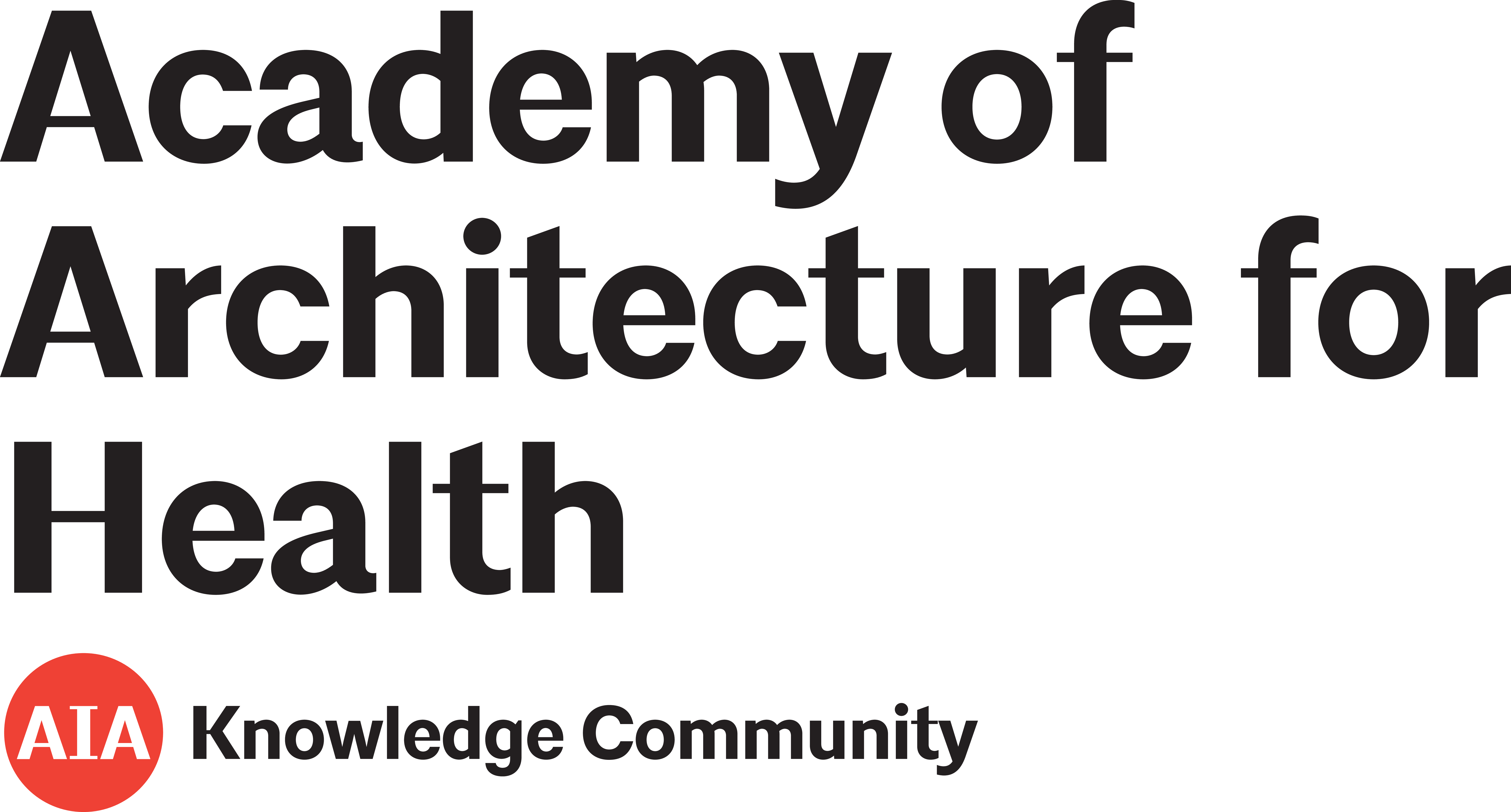The environment of safe care: considering building design as one facet of safety
2014
Proceedings of the International Symposium of Human Factors and Ergonomics in Healthcare
Journal Article
Issue 1
Volume 3
Pages 123-127
Author(s): Taylor, E., Hignett, S., Joseph, A.
Added September 2014
Reducing Falls in a Definitive Observation Unit: An Evidence-Based Practice Institute Consortium Project
2008
Critical Care Nursing Quarterly
Journal Article
Issue 2
Volume 31
Pages 127-139
Author(s): Gutierrez, F., Smith, K.
A Definitive Observation Unit (DOU) in a hospital in California maintains high standards of nursing and follows an evidence-based practice of fall prevention. Yet the facility’s fall rates continue to be higher than the benchmark for similar hospitals.
Added September 2014
The Role of Facility Design in Preventing the Transmission of Healthcare-Associated Infections: Background and Conceptual Framework
2013
HERD: Health Environments Research & Design Journal
Journal Article
Issue AHRQ Supplement
Volume 7
Pages 18-30
Author(s): Zimring, C. M., Jacob, J. T., Denham, M. E., Kamerow, D. B., Hall, K. K., Cowan, D. Z., Steinberg, J. P.
Added September 2014
The Role of Facility Design in Preventing Healthcare-Associated Infection: Interventions, Conclusions, and Research Needs
2013
HERD: Health Environments Research & Design Journal
Journal Article
Issue AHRQ Supplement
Volume 7
Pages 127-139
Author(s): Zimring, C. M., Denham, M. E., Jacob, J. T., Kamerow, B. B., Lenfestey, N. F., Hall, K. K., Steinberg, J. P.
Added September 2014
Affordances of the Care Environment for People with Dementia—An Assessment Study
2012
HERD: Health Environments Research & Design Journal
Journal Article
Issue 4
Volume 5
Pages 118-138
Author(s): Topo, P., Kotilainen, H., Eloniemi-Sulkava, U.
Added September 2014
Space Syntax in Healthcare Facilities Research: A Review
2012
HERD: Health Environments Research & Design Journal
Journal Article
Issue 4
Volume 5
Pages 98-117
Author(s): Haq, S., Luo, Y.
Added September 2014
Fall Prevention for Inpatient Oncology Using Lean and Rapid Improvement Event Techniques
2013
HERD: Health Environments Research & Design Journal
Journal Article
Issue 1
Volume 7
Pages 85-101
Author(s): Wolf, L., Costantinou, E., Limbaugh, C., Rensing, K., Gabbart, P., Matt, P.
Added September 2014
An investigation of noncompliant toilet room designs for assisted toileting
2013
HERD: Health Environments Research & Design Journal
Journal Article
Issue 2
Volume 6
Pages 43-57
Author(s): Sanford, J., Bosch, S. J.
The American Disability Association created the Accessibility Guidelines (ADAAG) in 1991 to address the needs of the physically disabled population. A large percentage of the U.S. population requires assistance for daily routine activities, whether it be the aging population or those with conditions that limit mobility, such as arthritis, stroke, or poor balance.
Added September 2014
Environmental Cues: Their Influence within Assisted Living Facilities
2014
HERD: Health Environments Research & Design Journal
Journal Article
Issue 3
Volume 7
Pages 120-143
Author(s): Wood-Nartker, J., Guerin, D. A., Beuschel, E.
Added September 2014
Project Coalitions in Healthcare Construction Projects and the Application of Real Options: An Exploratory Survey
2013
HERD: Health Environments Research & Design Journal
Journal Article
Issue 1
Volume 7
Pages 14-36
Author(s): van Reedt Dortland, M., Dewulf, G., Voordijk, H.
To ensue easy adaptation to the increasingly complex and changing healthcare environment, flexibility in healthcare assets is necessary. However, minimal research has been conducted to gain insight into how health organizations currently integrate flexibility into their real estate projects.
Added September 2014
Process Simulation during the Design Process Makes the Difference: Process Simulations Applied to a Traditional Design
2013
HERD: Health Environments Research & Design Journal
Journal Article
Issue 2
Volume 6
Pages 58-76
Author(s): Traversari, R., Goedhart, R., Schraagen, J. M.
Minimal evidence exists regarding the design implications of using process simulation to assist in the process of designing new operating room (OR) layouts. While the traditional design process for OR layout does incorporate the experiences and insights of users, functionality testing of the OR environment is usually conducted post occupancy.
Added September 2014
Senior Living Environments: Evidence-Based Lighting Design Strategies
2013
HERD: Health Environments Research & Design Journal
Journal Article
Issue 1
Volume 7
Pages 60-78
Author(s): White, M. D., Ancoli-Israel, S., Wilson, R. R.
Added September 2014
Examination of How and Why Over-the-Bed Tables Are Used: Use Cases and Needs from Healthcare Providers
2014
HERD: Health Environments Research & Design Journal
Journal Article
Issue 2
Volume 7
Pages 104-126
Author(s): Manganelli, J., Threatt, A., Brooks, J. O., Healy, S., Merino, J., Yanik, P., Walker, I., Green, K.
Added September 2014
Color Perception in Pediatric Patient Room Design: American versus Korean Pediatric Patients
2013
HERD: Health Environments Research & Design Journal
Journal Article
Issue 4
Volume 6
Pages 10-26
Author(s): Park, P. J. G., Park, C.
Added September 2014
When the World Is Closing In: Effects of Perceived Room Brightness and Communicated Threat During Patient-Physician Interaction
2013
HERD: Health Environments Research & Design Journal
Journal Article
Issue 1
Volume 7
Pages 37-53
Author(s): Okken, V., van Rompay, T., Pruyn, A.
Added September 2014
The Influence of Ambient Scent and Music on Patients' Anxiety in a Waiting Room of a Plastic Surgeon
2014
HERD: Health Environments Research & Design Journal
Journal Article
Issue 3
Volume 7
Pages 38-59
Author(s): Fenko, A., Loock, C.
Added September 2014
Neural Correlates of Nature Stimuli: An fMRI Study
2014
HERD: Health Environments Research & Design Journal
Journal Article
Issue 2
Volume 7
Pages 9-28
Author(s): Pati, D., O'Boyle, M., Amor, C., Hou, J., Valipoor, S., Fang, D.
Added September 2014
Moderating role of interior amenities on hospital medical directors' patient-related work stresses
2013
HERD: Health Environments Research & Design Journal
Journal Article
Issue 2
Volume 6
Pages 77-92
Author(s): Lin, B. Y.-J., Lin, Y.-K., Juan, C. W., Lee, S., Lin, C.C.
Prior research has shown that senior physicians with management positions report lower self-rated health due to the high stress associated with their jobs. Research has looked to assess how the built environment can support stress management and promote wellness for patients within healthcare facilities.
Added September 2014
Challenging research: completing participatory social research with children and adolescents in a hospital setting
2014
HERD: Health Environments Research & Design Journal
Journal Article
Issue 2
Volume 7
Pages 76-91
Author(s): Bishop, K.
Added September 2014
The Question of Knowledge in Evidence-Based Design for Healthcare Facilities: Limitations and Suggestions
2013
HERD: Health Environments Research & Design Journal
Journal Article
Issue 4
Volume 6
Pages 101-126
Author(s): Rashid, M.
Added September 2014




